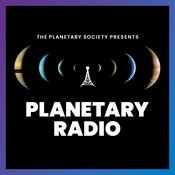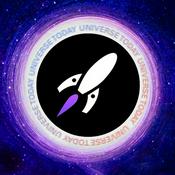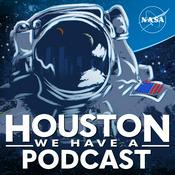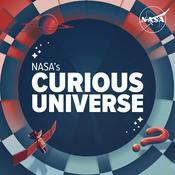163 episodes

Sailing the Solar System
12/17/2025 | 13 mins.
A solar sail uses light particles from the Sun to move through space without needing a single drop of fuel. NASA is demonstrating the lightweight technology that could open doors to low-cost missions to deep space.

Simulating Moon and Mars Dust
12/03/2025 | 15 mins.
Dr. Jennifer Edmunson explains what it takes to simulate Moon and Mars dust on Earth, and lessons learned from preparing to build habitats on other worlds.

NASA's Centennial Challenges Prize Program
11/19/2025 | 20 mins.
There’s a program at NASA that taps into the power of the public to solve some of the toughest problems in space exploration. It’s called Centennial Challenges, a prize competition that has awarded more than $24 million to hundreds of people ranging from academics, startup founders, small business owners, and independent inventors from across the U.S. and 86 countries.

6,000 Exoplanets and Counting
9/18/2025 | 22 mins.
On September 17, 2025, NASA announced that the number of exoplanets, planets outside our solar system, tracked by NASA has reached 6,000. In the three decades since the groundbreaking detection of exoplanet 51 Pegasi b, the first confirmed planet orbiting a Sun-like star, astronomers have concluded that exotic worlds are everywhere.

NASA's Zero Gravity Research Facility
9/03/2025 | 19 mins.
A steel vacuum chamber 50 stories deep at NASA’s Glenn Research Center lets researchers simulate near-weightlessness by letting test hardware freefall for 5.18 seconds.
More Science podcasts
Trending Science podcasts
About Small Steps, Giant Leaps
Listen to Small Steps, Giant Leaps, Radiolab and many other podcasts from around the world with the radio.net app
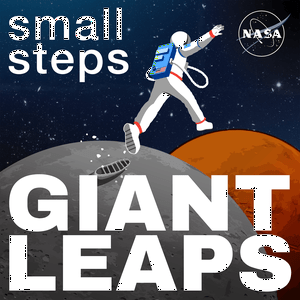
Get the free radio.net app
- Stations and podcasts to bookmark
- Stream via Wi-Fi or Bluetooth
- Supports Carplay & Android Auto
- Many other app features
Get the free radio.net app
- Stations and podcasts to bookmark
- Stream via Wi-Fi or Bluetooth
- Supports Carplay & Android Auto
- Many other app features


Small Steps, Giant Leaps
download the app,
start listening.












